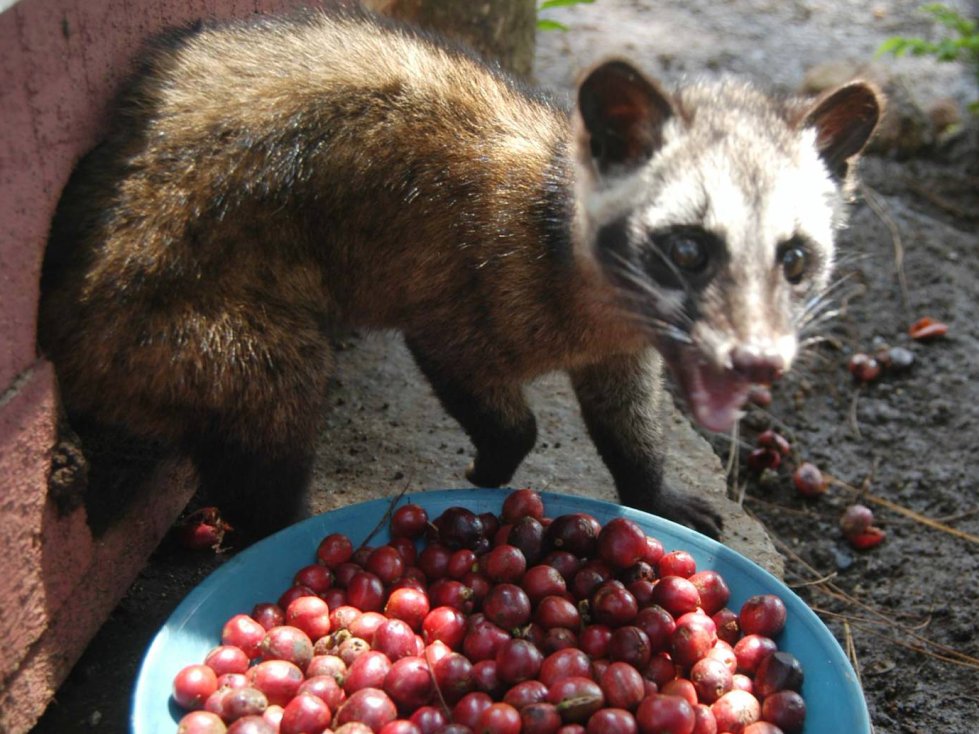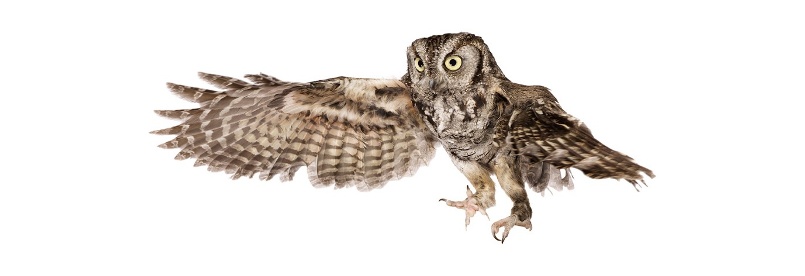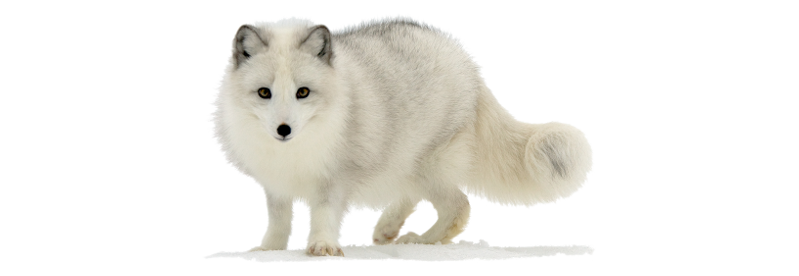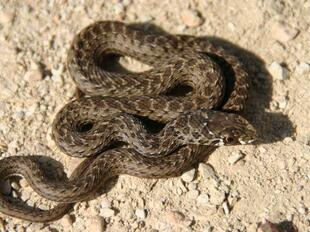
Asian palm civet, or Common palm civet, or Mentawai palm civet(Paradoxurus hermaphorditus)
Phylum —chordata
Class — mammalia
Order — carnivora
Family — viverridae
Genus –paradoxurus
Appearance
The Asian palm civet's long, stocky body is covered with coarse, shaggy hair that is usually greyish in color. It has a white mask across the forehead, a small white patch under each eye, a white spot on each side of the nostrils, and a narrow dark line between the eyes. The muzzle, ears, lower legs, and distal half of the tail are black, with three rows of black markings on the body.
Its head-to-body length is about 53 cm (21 in) with a 48 cm (19 in) long unringed tail. It weighs 2 to 5 kg (4.4 to 11.0 lb).
Habitat
Asian palm civets are native to India, Nepal, Bangladesh, Bhutan, Myanmar, Sri Lanka, Thailand, Singapore, Peninsular Malaysia, Sabah, Sarawak, Brunei Darussalam, Laos, Cambodia, Vietnam, China, the Philippines, and the Indonesian islands of Sumatra, Java, Kalimantan, Bawean and Siberut.
Behavior
Asian palm civets lead a solitary lifestyle, except for brief periods during mating. They are both terrestrial and arboreal, being active during the night with peaks between late evening until after midnight. During the day they usually rest in trees or inside rock crevices. All palm civets are more active when food is in ample supply and when predators are out. The presence of food also affects if civets have overlapping territories or not. When food is available in their region, the territories do not overlap, but when civets need to search for food they usually travel to other territories. Males travel further in a day than females. These animals are expert climbers but less agile than other civets because their tail is non-prehensile. They move slower and need to grasp branches to move from tree to tree, instead of jumping. Asian palm civets are usually silent but can produce sounds similar to meows. When threatened they will snarl, hiss, and spit. Instead of using vocalizations, these animals use their scent gland as their main way of communication. They mark their territories by dragging their anal glands on the ground.
Diet
Asian palm civets are omnivores. They eat fruits such as berries, chiku, mango, rambutan, and coffee, but also small mammals and insects. They also feed on palm flower sap.
Reproduction
Asian palm civets breed throughout the year and have up to two litters per year. They choose the resting tree to mate, give birth, and take care of young, and will stay there whole mating period. Females give birth to 2-5 pups after a gestation period that lasts 2 months. Pups are born with their eyes closed and weigh only around 80 grams. Their eyes open at around 11 days and by 2 months of age they are weaned. Young civets become independent at 3 months of age and reach reproductive maturity when they are one-year-old.
Asian palm civets typically live anywhere from 15 to 20 years.
In captivity
Civets are well tamed and South-East Asians often keep them in their homes instead of a cat. Like cats, civets have retractable claws.
Civets are arboreal animals and like to climb higher, the owner of the animalshould know it, and before taking it into the apartment, it is better to remove valuable fragile things from the wardrobe. For the first time after the purchase, it is better to keep it in a cage, then gradually release it for a walk under your supervision.
Feeding civets is not a problem - it is almost an omnivore, happy to eat fruit, lean meat, cottage cheese, yogurt, eggs, cooked vegetables, even pieces from the table - just make sure that the food is not salty or peppery.
 Russian
Russian
 English
English
























